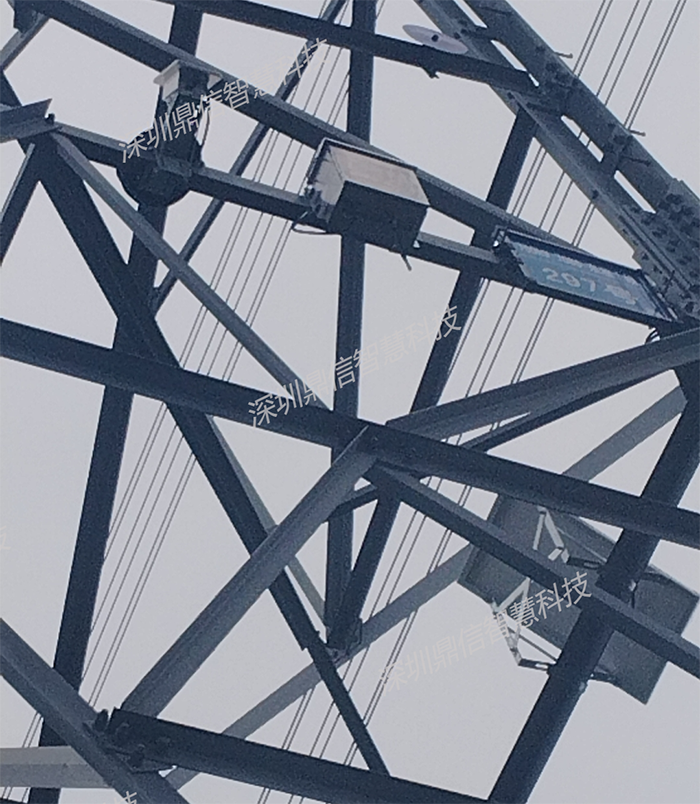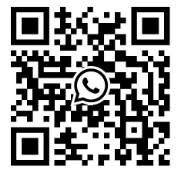Dancing wires? What's the matter? Transmission lines can "dance", can't they? Although it sounds strange, but in fact it describes a transmission line safety poses a certain threat to the transmission line hidden phenomenon. When the overhead conductor in the wind, temperature changes, wire ice and other external factors, easy to produce a low-frequency, large-scale self-excited vibration, this vibration pattern is figuratively referred to as "wire dance".
Causes of conductor dance
Meteorological conditions: Especially the wind speed, wind direction, and the role of wind shear distribution of the wind field under the wind shear, are the key factors inducing wire dance. In a specific range of wind speed (usually 3-20 m / s), when the wind direction is stable and continuous action on the wire, prone to dance.
Wire Ice Cover: Uneven wire ice cover can cause the center of gravity of the wire to shift, creating an eccentric mass, which increases the instability of the wire in the wind. In winter at high latitudes, when the temperature is below 0°C and the wind speed is high, the conductor is highly susceptible to uneven ice cover, which in turn causes dancing.
Line Structure and Parameters: Physical characteristics such as conductor diameter, tension, gear distance, and suspension method also affect the occurrence of dancing. For example, transmission lines with large spans and long gear spacing are more susceptible to wind effects and dance due to their long self-oscillation period and sensitivity to wind loads.
Topography and geomorphology: valleys, canyons and other special terrain will change the distribution of the wind field, the formation of complex changes in wind speed and direction, thereby increasing the risk of conductor dance.
Harms of conductor dance
Conductor dance to the safe operation of the power grid has brought a great threat to the hazards are mainly manifested in the following aspects:
Mechanical Damage:Long-term damage to the power grid is the result of a long period of time.
Mechanical damage: Long-term dance will lead to wire, fittings and towers and other parts of the wear and tear, fracture, and even trigger the collapse of the tower accident. This will not only cause direct economic losses, but also affect the stable power supply of the grid.
Electrical faults: Dance caused by changes in the distance between the conductor or between the conductor and the ground, may trigger short-circuit, tripping and other electrical faults. These faults can lead to power outages or unstable operation of the grid, affecting the normal use of electricity by users.
Economic and Social Impact: Frequent dance maintenance and accident handling not only consume a lot of manpower and material resources, but also may result in large-scale power outages and serious economic losses. In addition, power outages can adversely affect industrial production, residential life and social order.
Monitoring and Prevention of Conductor Dance
In order to cope with the challenges posed by conductor dance, the electric power industry has adopted a series of monitoring and prevention measures:
Installation of monitoring devices: Installation of dance monitoring devices on transmission lines, especially areas and line segments prone to dance, real-time monitoring of conductor dance, Shenzhen Dingxin Wisdom Technology DX-WPS100-WD Transmission line conductor dance online monitoring device (installed in the following figure), dance monitoring terminals in the "one-line "real-time/controlled collection of conductor dance data, and through the wireless network transmission to the monitoring center for analysis and processing, the calculated data include dance trajectory, dance amplitude, dance ellipse tilt angle, dance frequency and other data, when the monitoring of the conductor dance beyond the safety range or the emergence of abnormal conditions, the device can be real-time issued early warning reminders to remind operation and maintenance personnel to take appropriate measures. The device can send real-time warning reminders to remind the operation and maintenance personnel to take appropriate measures.
Strengthening inspection and maintenance:Regularly carry out inspections and maintenance work on transmission lines to detect and deal with potential safety hazards in a timely manner. For areas and line segments prone to dancing, inspection efforts and frequency should be strengthened.
Optimization of design and construction:The impact of meteorological conditions, topography and geomorphology on conductor dancing is fully considered in the design and construction of transmission lines. Through the reasonable selection of wire type, adjust the pitch, enhance the conductor damping and other measures to reduce the risk of dance.
Installation of anti-dance devices: Installation of anti-dance devices such as detuned pendulum, spacer bars, damping line, etc. on transmission lines to suppress the amplitude of the dance of the conductor. These devices can increase the stability of the conductor and damping properties to effectively prevent the occurrence of dance.
See here, you should have an understanding of the transmission line conductor dance phenomenon and dance monitoring device, power conductor dance is a complex phenomenon, but by strengthening the monitoring and prevention work, you can effectively reduce the risk of dance, to ensure stable power supply.





